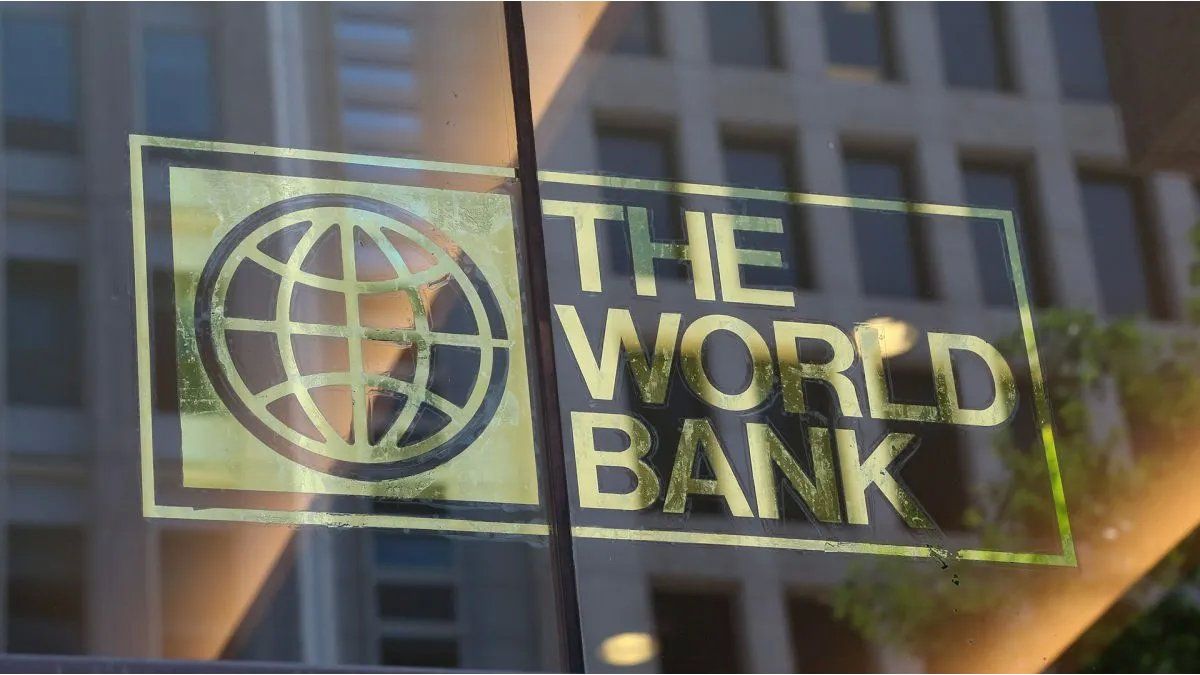The crisis cycles in Argentina change, but not in the background, retain their structural mechanisms and redesign them in new contexts, with different protagonists, but with the same architecture errors. In the transit of 2025, under the administration of Javier Milei, Argentina seems to enter again a cycle of systemic disorder, with economic, social and political components that remember, with alarming clarity, the process that culminated in the catastrophe of December 2001.
Since the end of 2024, the National Government has implemented a series of financial reforms oriented to contain exchange pressures without attacking background imbalances. At the same time, it has dismantled multiple financial regulation mechanisms, promoting a covert dollarization model, increasing credit and marginalization of the State as an economic actor. To this is added a growing institutional concentration, an opposition now more united, and a growing social tension.
According to the official statement, the BCRA agreed to a new repo for up to US $ 2,000 million with foreign entities, Without detailing conditions, fees or counterparts. This lack of transparency reiterates the vices of opaque indebtedness that characterized the period 2016–2019 (Basualdo, 2021). In parallel, the Bopreal is repeated, a dollar bonus aimed at canceling commercial debts and unversted dividends, absorbing local weights and increasing external liabilities.
This strategy responds to a circular logic; Attract non -genuine dollars, postpone devaluations, appear external solvency and partially comply with agreed goals with the IMF. But as multiple studies have demonstrated, these types of accounting artifice deepens the fragility of payments’ balance (Rapaport, 2002; Damill, Frenkel and Rapetti, 2015).
The withdrawal of the State and the illusion of the monetary autarchy
The dismantling of fiscal liquidity letters (LEFI) and the delegation of the setting of rates to the market constitute a breakdown in the Argentine monetary tradition. Since July 2025, BCRA has ceased to be an active expectations. Instead, rates are defined in the secondary market through Lecaps, with greater “duration” and lower macroeconomic control.
This liberalization disincohoned with fiscal policy increases financial volatility and prevents the treasure from planning consistency. As ECLAC studies (2023), The role of central banks in peripheral economies cannot be limited to being mere spectators in the market. The elimination of the reference rate also implies a tacit withdrawal from the state stabilizer functiondeepening the structural asymmetries of the Argentine financial system.
A 2018 déjà vu: Carry Trade, Capitals swallow and electoral risk
In A turn that recalls the “financial summer” of 2018the Government decided to eliminate the minimum permanence deadlines for foreign investments in the change free market (MULC) and in Treasury Placements with maturities greater than six months. This measure reopens the door to the entry of speculative capitals or “Hot Money”, whose abrupt departure can trigger the balance of payments, as already happened during the management of Mauricio Macri.
In this framework, the Ministry of Economy again tender the 2030 Bonte to slightly inferior rates than those of its inaugural broadcast. Until the arrest of Cristina Fernández, the market seemed to show a moderate appetite for Argentine risk. But that precarious balance can be broken from the judicial ruling, demonstrating that financial stability is a mirage sustained by the absence of political shocks.
The political dimension: a regrouped opposition, a polarized society
The merely financial reading of the juncture omits a key factorpolitics. For months, the ruling party ruled without institutional counterweight, with a fragmented and unable to articulate an alternative. However, the judicial ruling against the former president worked as a catalyst. The immediate reaction was the unification of Peronism behind his figure, evidence.
This reconfiguration Remember the process lived in 2001, when the Debacle of the convertibility and discredit of the IMF precipitated an unprecedented convergence between political and union actors (Murillo, 2005). History shows that economic collapse cycles tend to cause unexpected regrouping, overflowing traditional institutional channels. In the present, this process can be intensified before a citizenship exhausted by recession, unemployment and overwhelming, state repression.
The risk of a systemic crisis: economy, legitimacy and governance
The current situation brings together all the elements that, combined, configure a “Perfect storm”, Increasing debt in foreign exchange, loss of nominal anchors, institutional fragmentation, repression of domestic demand, and growing disconnection between economic decisions and social conditions. To this is added a judicial drift that threatens to prosecute politics and even more polarize society.
In terms of governance, the risk is clear; If the opposition is cohesion and the government does not achieve tangible economic results, the legitimacy of the Executive can erode rapidly. As explained by O’Donnell and Schmitter (1986), hybrid regimes with representation deficit and excess personalism usually travel to steep collapses when economic crises are combined with social mobilization.
Inference
In 2025, Argentina is on the verge of a new historical fracture. The combination of opaque financial engineering, dismantling of the state stabilizing role, speculative indebtedness, and a reconfiguration of the opposition political map after a high -impact judicial event, with disturbing precision reproduces the 2001 collapse mechanisms. But with a substantial difference; The current financial system is even more permeable to exogenous shocks.
If current economic strategy is not urgently modified, The country could enter a phase of multidimensional crisis that combines recession, inflation, institutional delegitimization and rupture of the political order. Argentina is not condemned to repeat its history, but if the course is not rectified, it is on its way to doing so with an even greater intensity.
References:
Basualdo, E. (2021). Bread and escape: an analysis of recent Argentine economic history. 21st century editors. Damill, M., Frenkel, R., & Rapetti, M. (2015). The Argentine economy and its structural crisis. ECLAC Murillo, MV (2005). Political Competition, Partisanship, and Policymaking in Latin America. Cambridge University Press. O’Donnell, G., & Schmitter, PC (1986). Transitions from Authoritarian Rule: Tentative Conclusions About Uncertain Democracies. Johns Hopkins University Press. Rapaport, M. (2002). Economy and politics in the nineties. Economic Culture Fund. ECLAC (2023). Economic situation of Latin America and the Caribbean. Economic Commission for Latin America and the Caribbean, United Nations.
Director of Esperanza Foundation. https://fundacionesperanza.com.ar/ UBA postgraduate professor and masters in private universities. Master in International Economic Policy, Doctor of Political Science, Author of 6 Books
Source: Ambito
David William is a talented author who has made a name for himself in the world of writing. He is a professional author who writes on a wide range of topics, from general interest to opinion news. David is currently working as a writer at 24 hours worlds where he brings his unique perspective and in-depth research to his articles, making them both informative and engaging.




